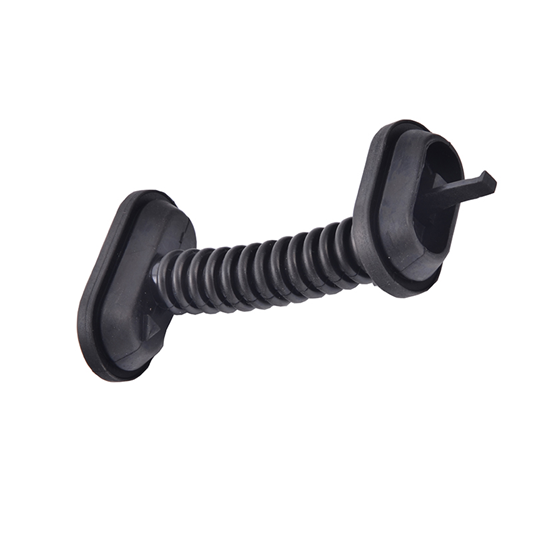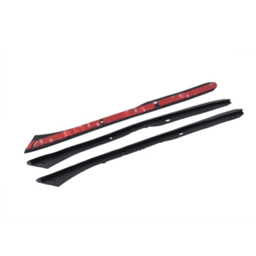Rubber auto parts have seen significant trends and advancements in recent years. Here are some of the key trends shaping the rubber auto parts industry:
1.Lightweighting: The automotive industry is increasingly focused on reducing vehicle weight to improve fuel efficiency and reduce emissions. Lightweight rubber parts, such as seals, gaskets, and bushings, are gaining popularity as they contribute to overall weight reduction without compromising performance or safety.
2.Enhanced Performance Materials: Rubber materials with improved performance characteristics are in high demand. Advanced elastomers and synthetic rubbers capable of withstanding extreme temperatures, resisting chemicals, and providing excellent sealing properties are being developed to meet the evolving needs of modern vehicles.
3.Electric and Hybrid Vehicles: The growing adoption of electric and hybrid vehicles has influenced the rubber parts industry. With the shift to electric powertrains, there is a need for specialized rubber parts to facilitate thermal management, seal battery compartments, and provide electrical insulation.
4.Noise, Vibration, and Harshness (NVH) Reduction: Rubber parts play a crucial role in reducing noise, vibration, and harshness levels within vehicles. Advancements in rubber formulations and design techniques are being implemented to improve NVH characteristics, enhancing ride comfort and overall driving experience.
5.Smart and Connected Features: The emergence of connected vehicles and advanced driver-assistance systems (ADAS) has led to a demand for rubber parts that can support new technologies. For example, sensors and actuators integrated into rubber components enable functions like tire pressure monitoring, adaptive suspension, and autonomous driving systems.
6.Sustainable Manufacturing: Environmental concerns have driven the development of sustainable manufacturing practices in the rubber parts industry. Companies are exploring eco-friendly rubber materials, recycling initiatives, and energy-efficient manufacturing processes to reduce their carbon footprint and minimize waste generation.
7.3D Printing: Additive manufacturing, specifically 3D printing, is finding applications in the production of rubber auto parts. It enables faster prototyping, customization, and the creation of complex geometries, while also reducing material waste. 3D printing technology is gradually being adopted for the production of small-scale rubber components.
8. Advanced Sealing Solutions: As vehicle designs become more sophisticated, the demand for reliable sealing solutions increases. Rubber seals, gaskets, and O-rings that can withstand high pressures, temperature variations, and aggressive fluids are essential for critical automotive systems like engines, transmissions, and braking systems.
Overall, the rubber auto parts industry is driven by the pursuit of lightweight, high-performance, and sustainable solutions to meet the evolving needs of the automotive market. As vehicle technologies continue to advance, rubber parts will play a crucial role in enabling efficiency, safety, and comfort in modern automobiles.
